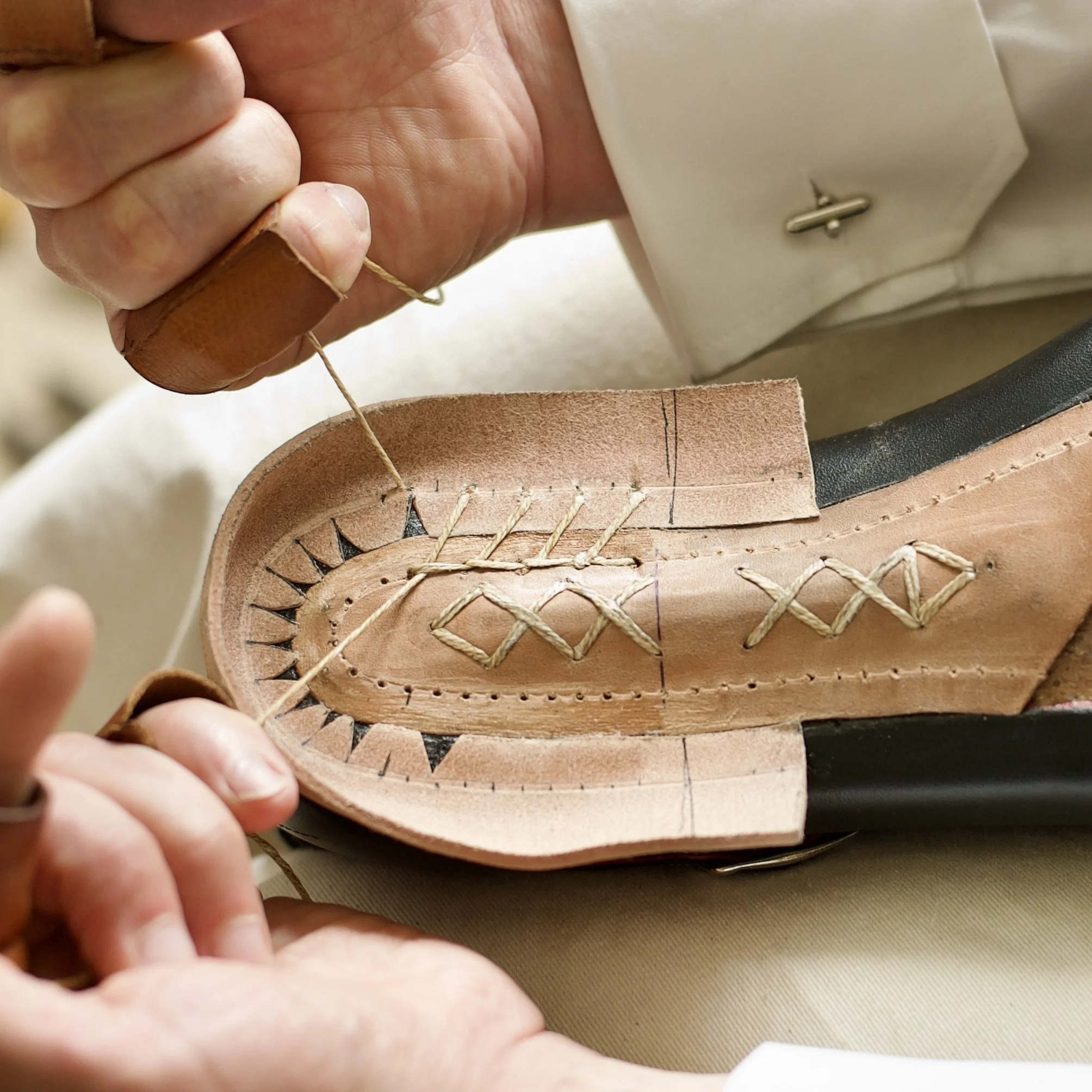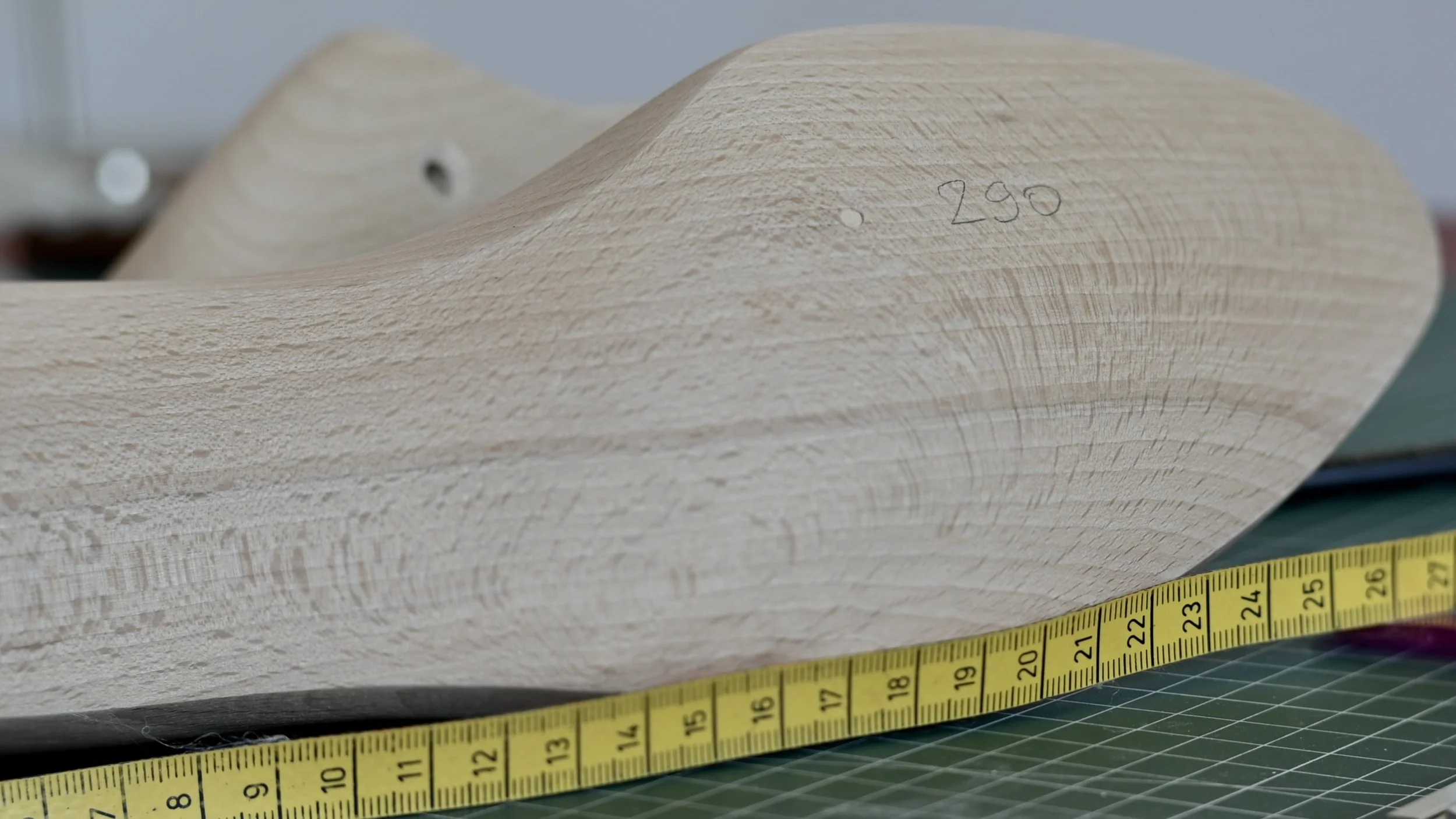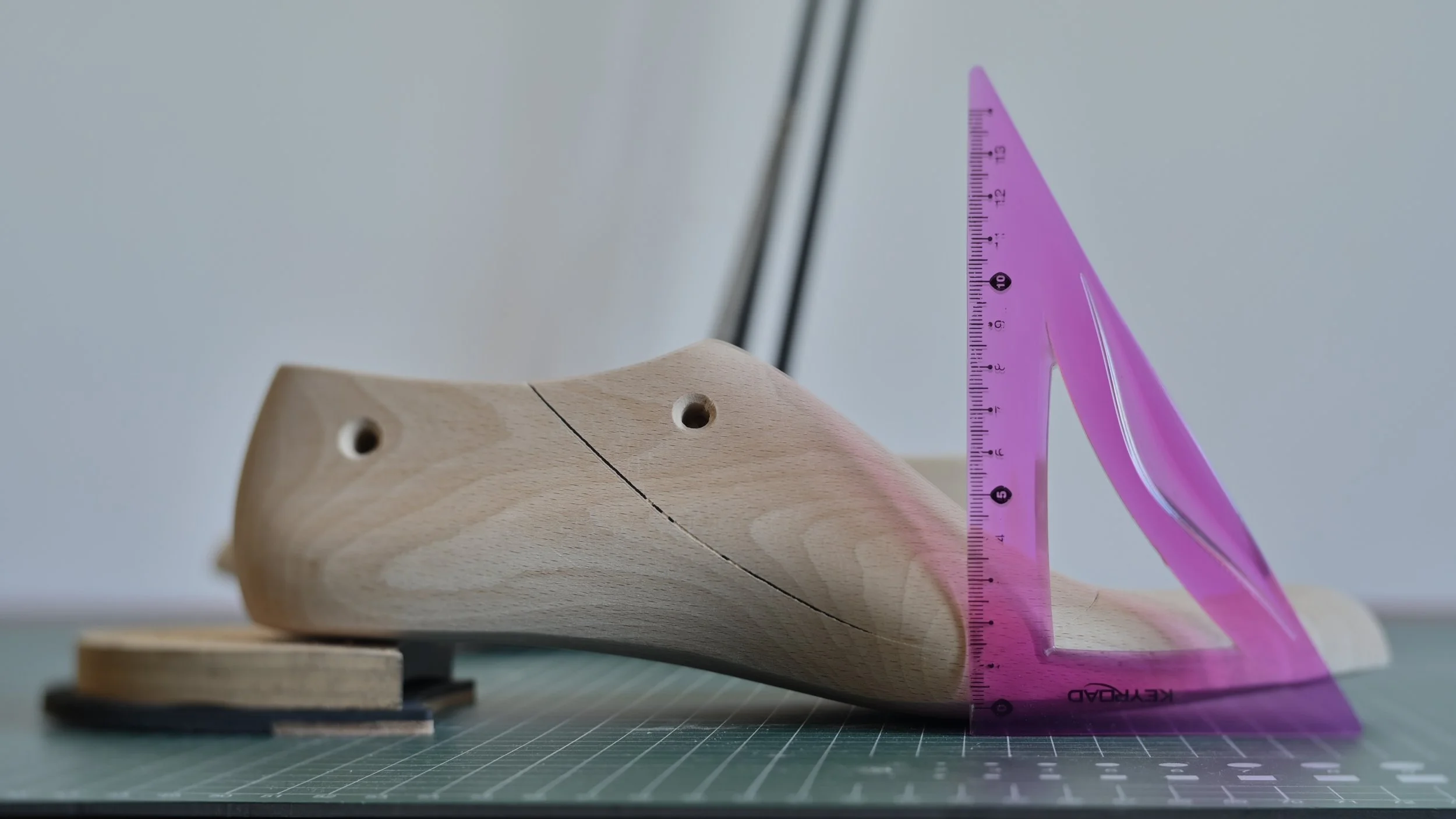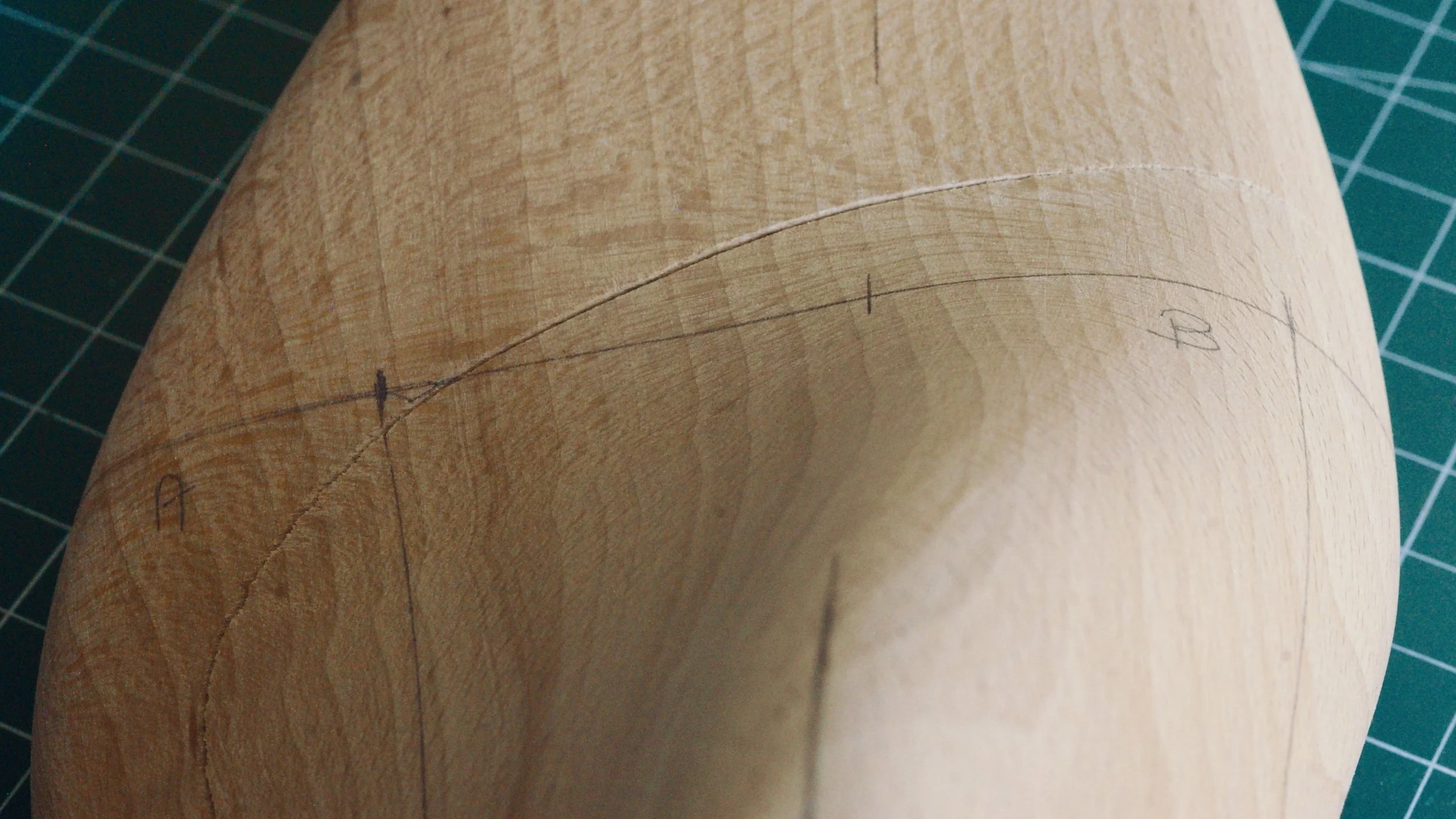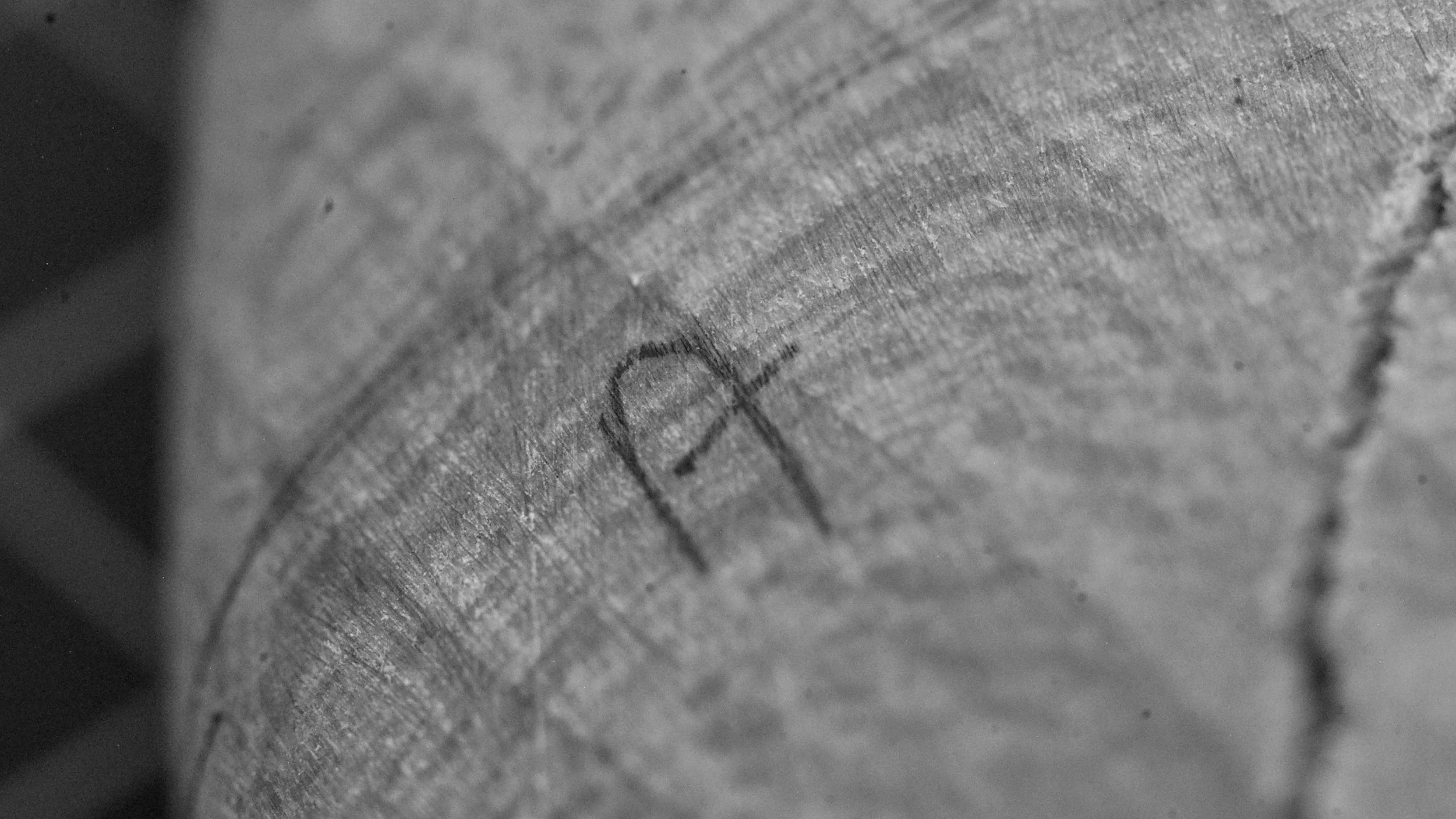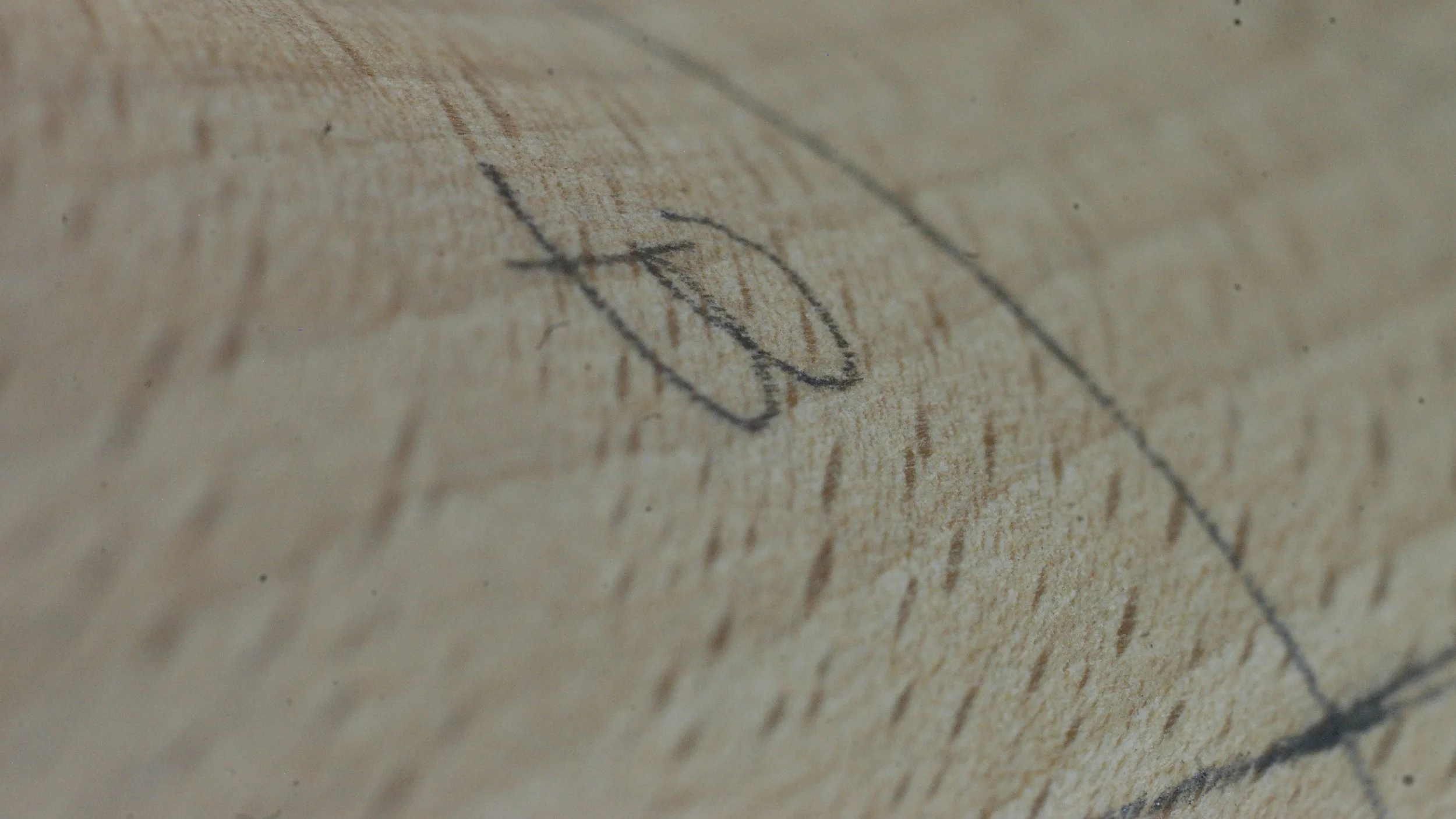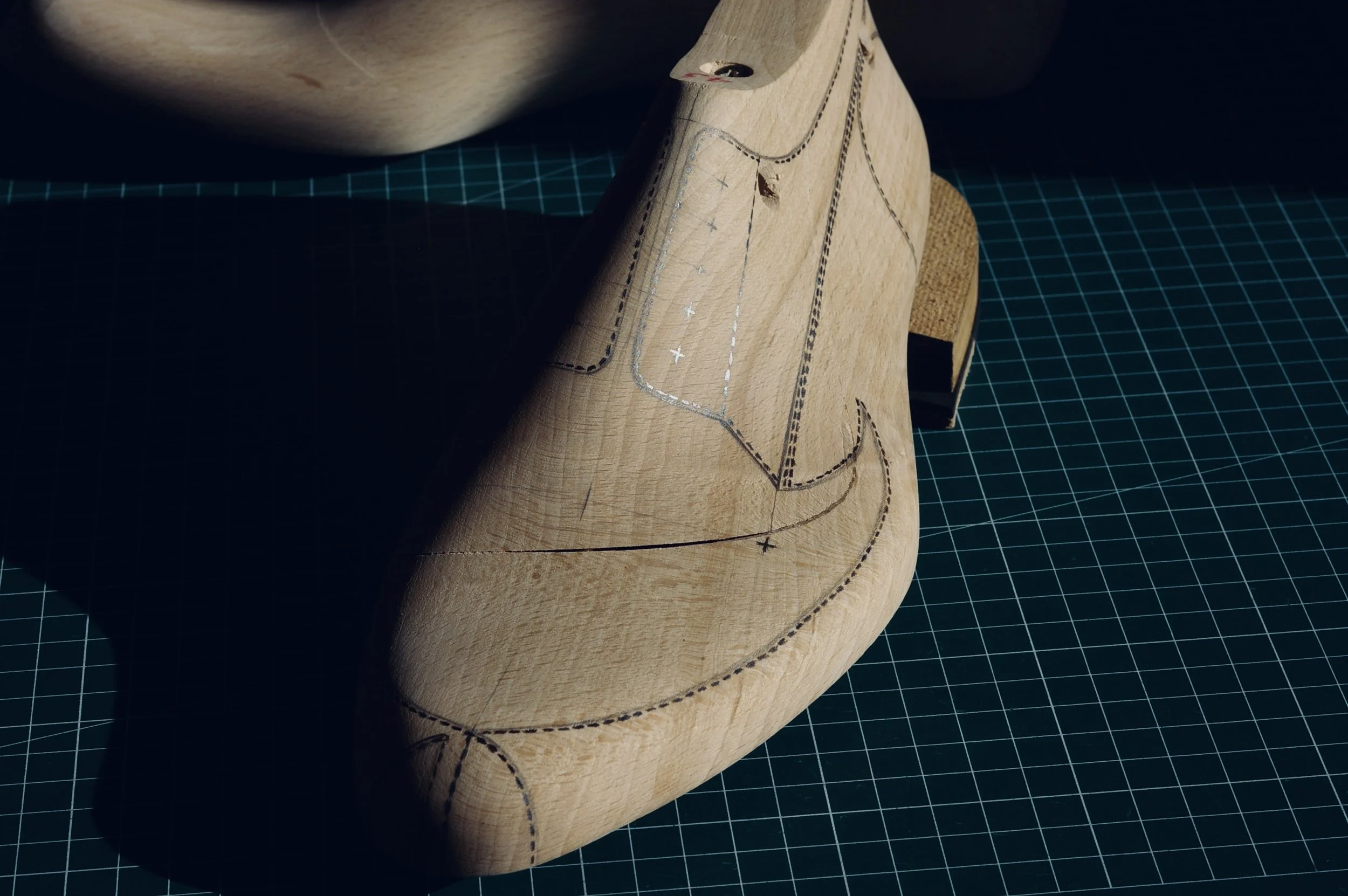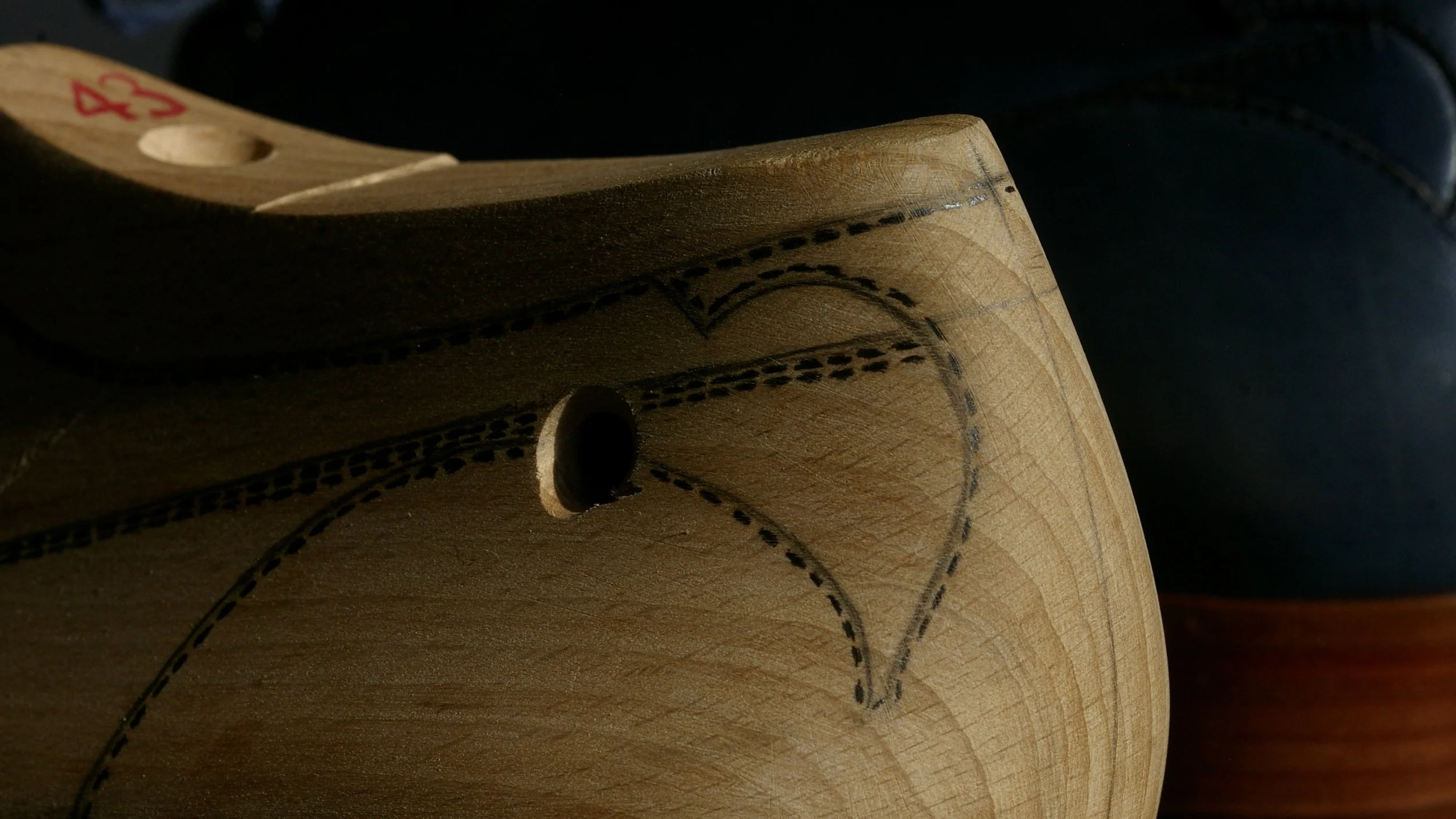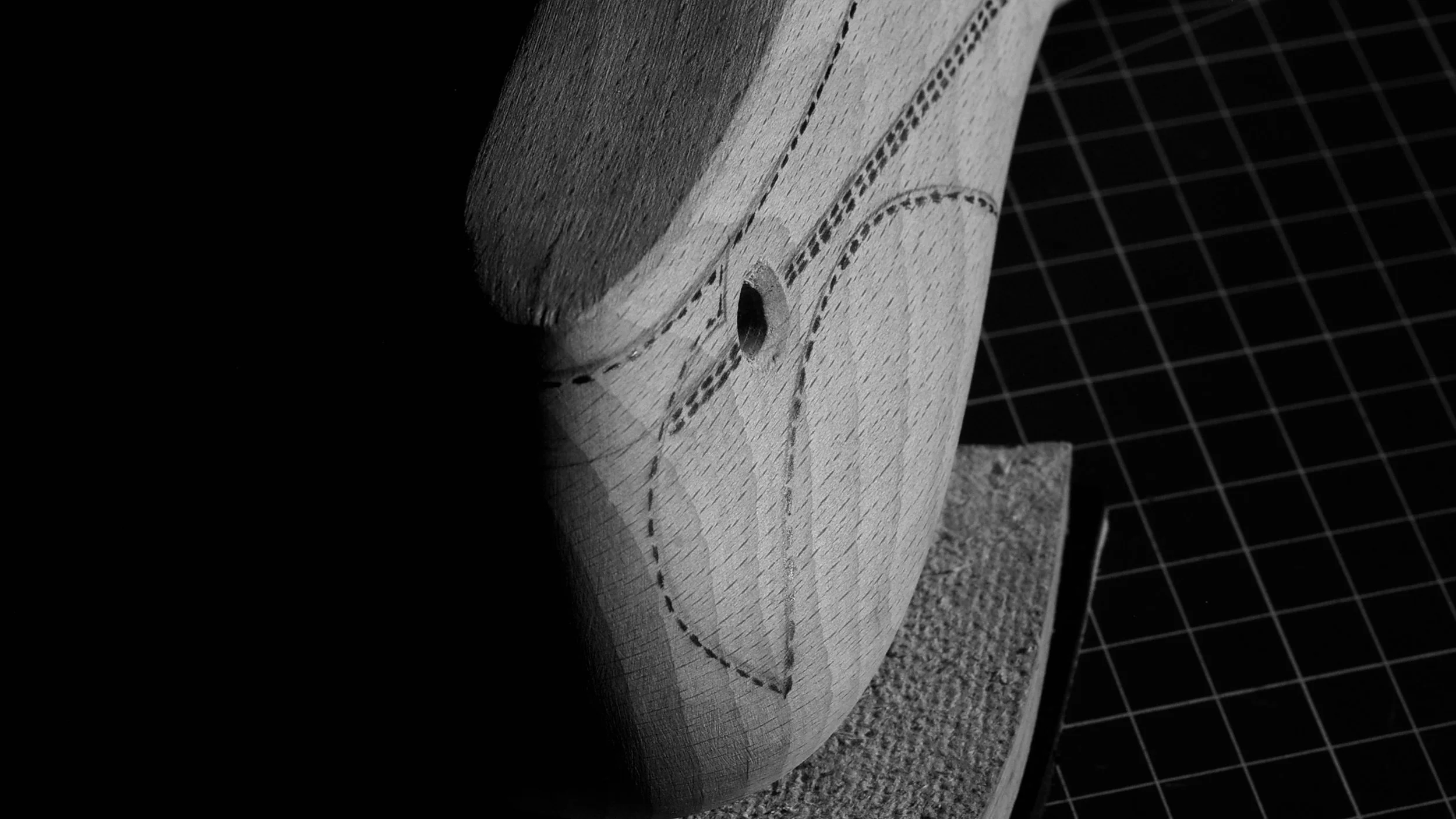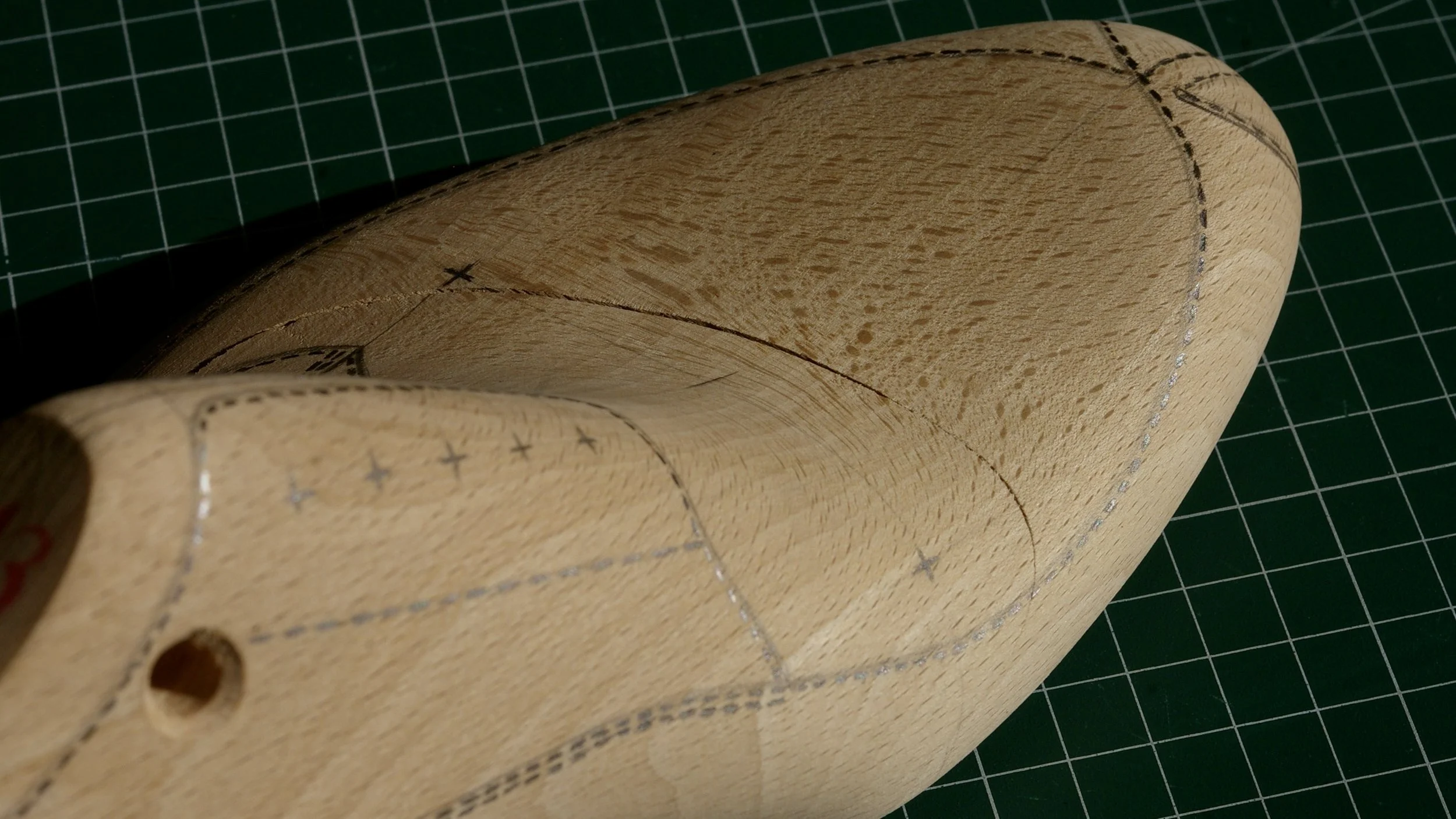Sometimes what you won't do seems to be as important as what you're intent of doing.
I wish to be regarded as original. I’m not cut from the same cloth anyway. After trial period, I want to publish future installments behind a paywall. I’d like to cover my expenses in that way to keep this site running.
For now, I’m doing my research comparing online courses and tutorials to figure out what I can bring to the table. At the same time, I already have a nice concept to introduce my favorite shoemaking tools from Starko, offering you tips and useful informations by me showing you how I use those in my everyday workflow. I will commence this series here soon.
Time will tell what this little side project turns into. What I want is something fun, but useful. Playful, but intelligent. Great, but in a new, original way.
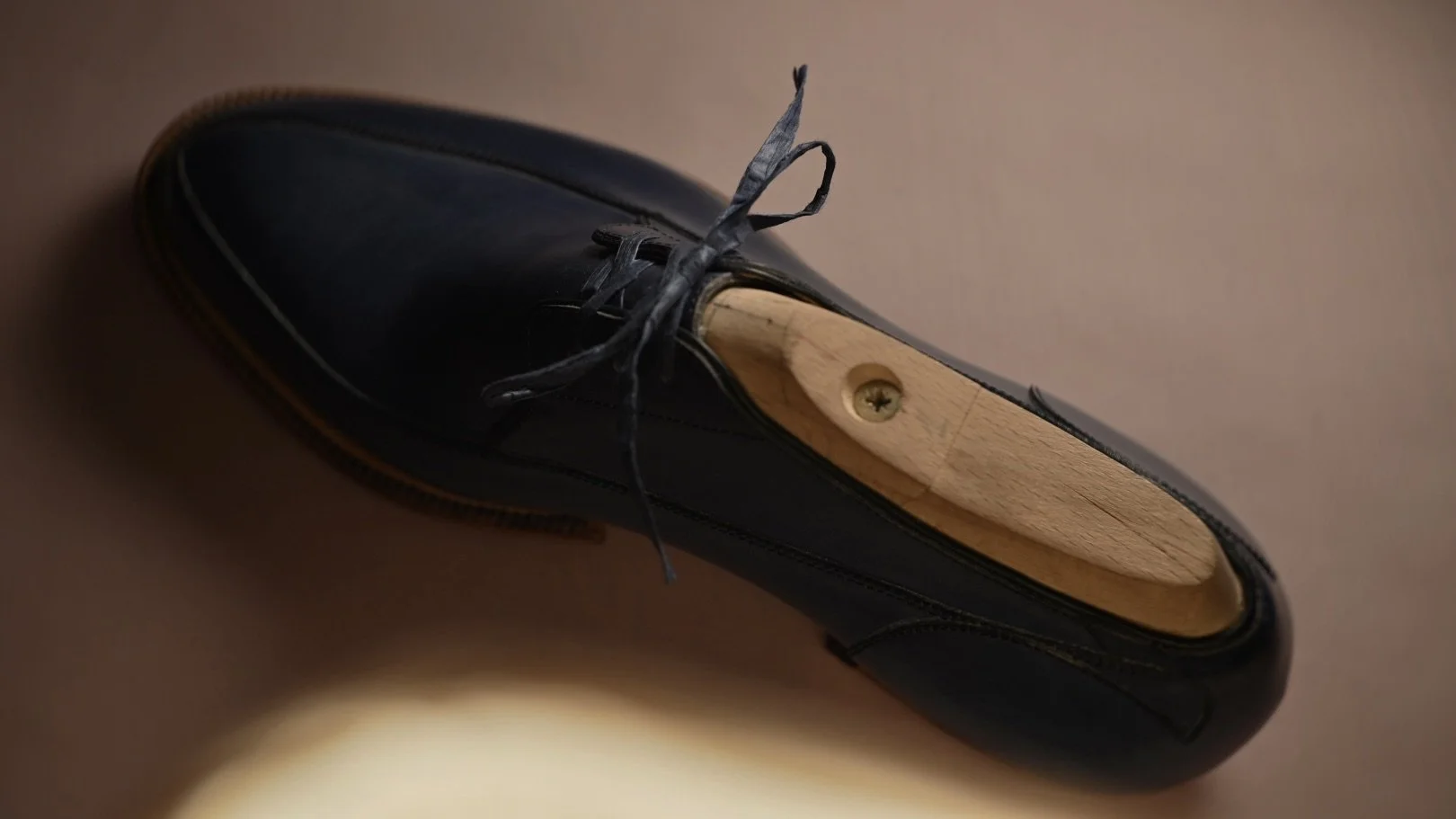
This prototype work was fairly quick to figure out. The lines are the result of a single design session. It was a good one. The point was to capture the design idea as simply as it gets and try to re-imagine it, if I feel like it, after some time spent with it. It’s always safe to let it soak in like seasoning.
I guess I will commence this series with the final design session results. Original last that I’ve used to produce the prototype, is different from the production ones. Hence, a need to re-design was inevitable. Well, you will judge it for yourself how it went, at the end of the day. Enjoy!
The prototype
Maybe this derby shoes project could serve us well as an introduction to my tutorial session one. The photo shows you my prototype of that project. I think it’s interesting to get to see how the lines and ideas evolves from that stage into the real-deal pair of shoes. This is the whole idea behind making full-blown prototypes in the first place anyway.
